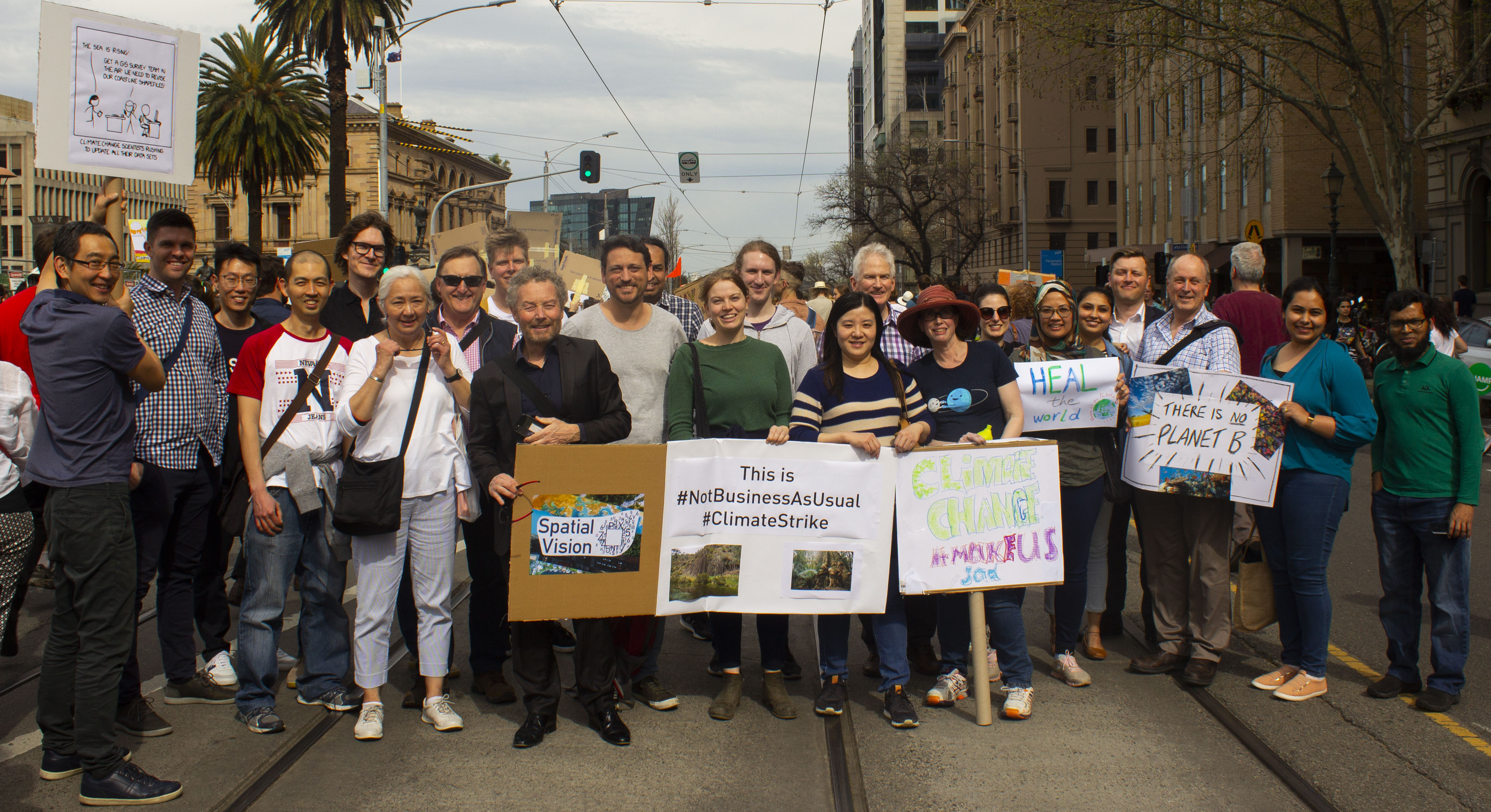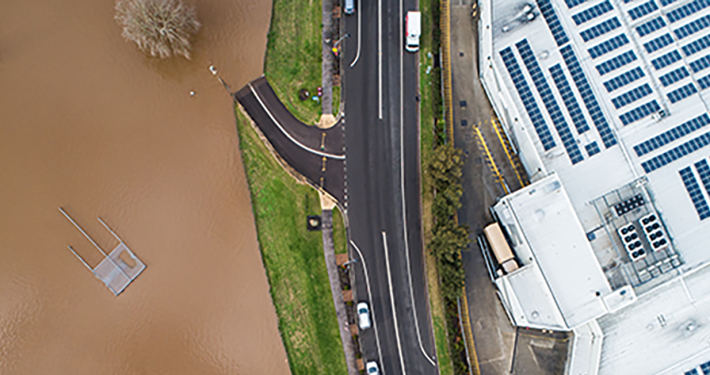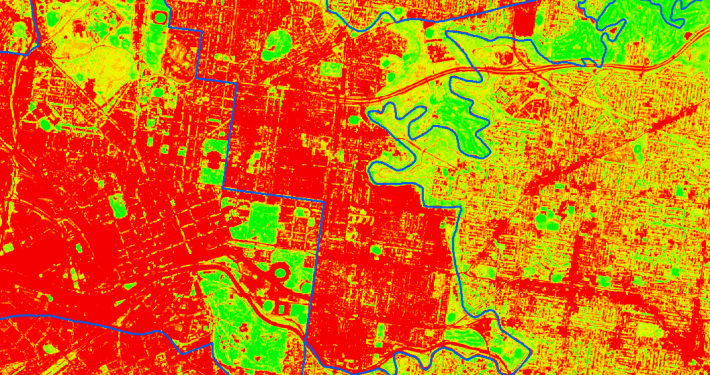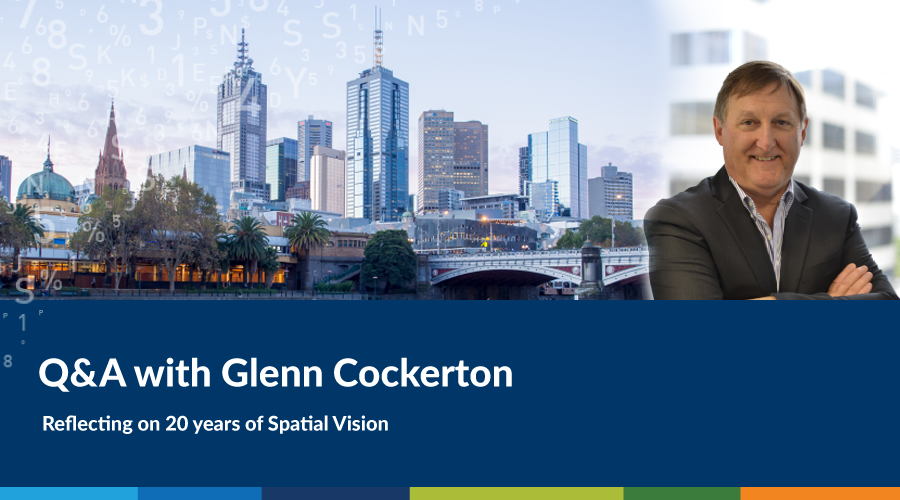
This year marks twenty years of Spatial Vision. To celebrate this milestone, our managing director Glenn Cockerton sat down with Position magazine to reflect upon the journey, and where to next. Here are some highlights from the interview.
Read the full Position Magazine interview on the SpatialSource website.
Position: Glenn, congratulations on a 20-year anniversary for Spatial Vision this year. Can you tell us a little about how things were when Spatial Vision started out? How did you get your foothold?
GC: Spatial Vision started operations in June 1999, initially working out of a disused lecture theatre at RMIT University. The company soon moved out to dedicated premises in Queens Road Melbourne. Growth over the next ten years saw us progressively take over multiple floors.
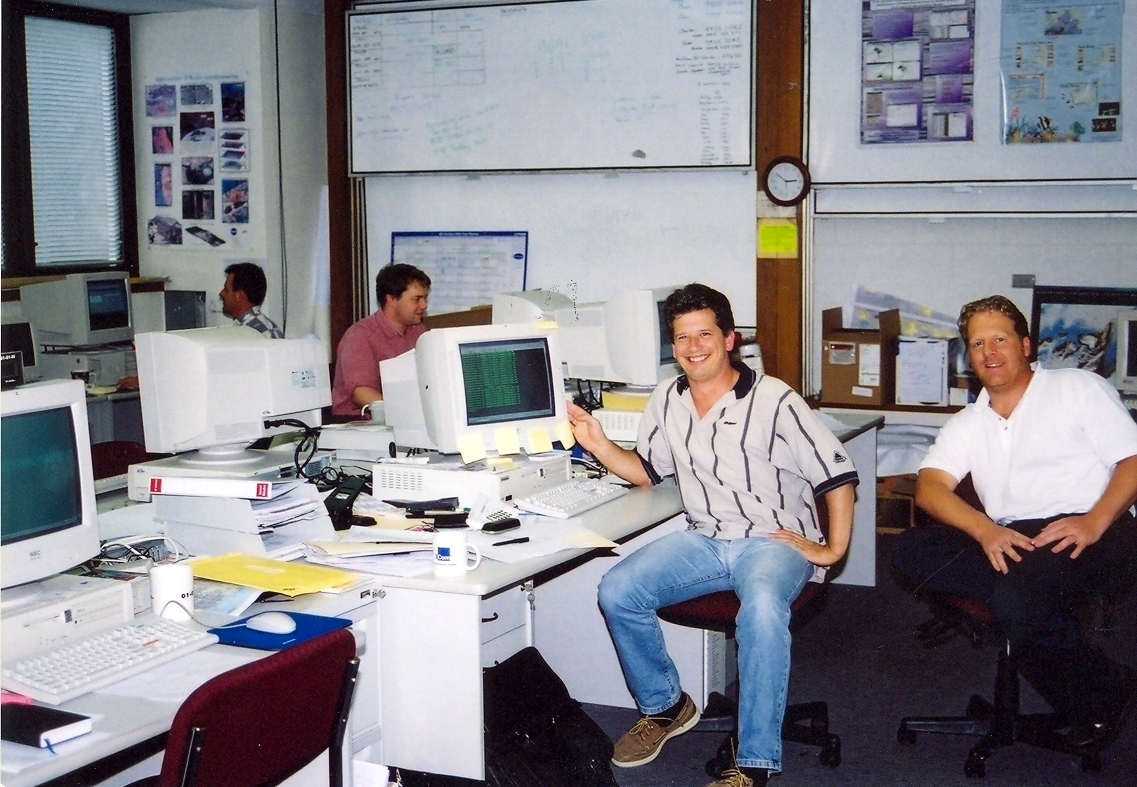
The early days of Spatial Vision. John Heskins (centre), Fisheries and Marine Specialist is still with us today.
Our work was initially focused on Victorian public sector clients such as the departments of Sustainability & Environment, Primary Industry and Education but we soon began to target NSW and spent many trips to Sydney gaining a number of NSW government clients including Land and Property Information, National Parks and Wildlife Service and the RFS. We also commenced production of the award winning Vicmap Book series for Victoria’s emergency services.

Spatial Vision celebrates 15 years of Vicmap books this year. The latest edition to be updated was completed in October 2019 (South East Region Ed 6).
The last decade has seen our business consolidate with a client base that extends throughout Australia and more recently overseas in Canada, the Middle East and south east Asia.
Position: What do you think are most important shifts that have occurred in the past two decades – what hard lessons have been learnt, which critical trends has Spatial Vision had to stay out in front of, which practices and technologies were imperative to adapt to?
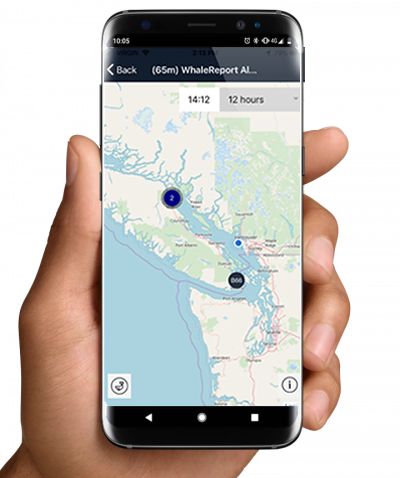
Our WhaleReport app enables the public to report sightings immediately via their mobile phones.
For Spatial Vision, we had to invest significantly to build capacity in many of these emerging technology areas. The pace of change is such that this process remains unending, requiring us to commit to the technical and profession development of our staff, revisions to our service offer and our understanding of the needs of the markets we serve. For a medium sized company, this remains a challenge. A key strategy is to work collaboratively where ever we can – with our clients, leading researchers and universities and other companies – or, if necessary, on our own.
Spatial Vision has invested heavily in software development including cloud, web-mapping and mobile technologies, key middle-wear offerings (such as Geocortex), and agile project delivery, as well as artificial intelligence and machine learning.
Position: In celebrating this anniversary, I note the use of language: ‘Making a difference’ – along with an overt commitment to ‘making a positive difference regarding climate change, environmental sustainability and social equity’. How is this implemented in practice in terms of leadership and policy within the company?
GC: For much of our life, our company has let our project work effectively “do the talking” for us. But in the last five years, we have realised that our staff and clients are looking for a clearer understanding of what our company stands for – in other words, our purpose.
To this end, we have completed a process to define and up-hold our core values, looking to reflect these in our operations across the company. These values have been underpinned by a number of statements about environmental sustainability and social equity – and importantly, how we, as a company, can make a difference, in terms of both the work we deliver, and how we operate our company.
We have also taken the step to declare a position on climate change, on the basis that we believe that this issue is one that demands greater recognition and attention. This has been done in the hope that more can be achieved, faster to ensure climate impacts are contained within sustainable levels.
We are not just talking about climate – we are actively reviewing our company operations to utilise renewable forms of energy and are seeking to initially fully offset our carbon emissions (our target is 2020). We are then planning on implementing a strategy to progressively reduce emissions for the future.
Whilst these statements have been developed with management support, importantly they have also benefited from input from our staff. Surveys confirm that these actions have been well received by our staff.
Position: Do you have any key highlights or standout moments from Spatial Vision’s 20 years that you’d like to end with – outcomes you’re most proud of?
GC: There have been a number of significant milestones for our company over the last 20 years – I am not sure that they would be particularly notable to the readers of Position magazine!
I believe that the greatest highlight is that fact that, after 20 years, Spatial Vision is stronger than we have ever been; we are enthusiastically chasing new business and growth opportunities; we are continue to invest in our people; and we are increasing our capabilities and capacity for the future. Here’s looking to the next 20 years!
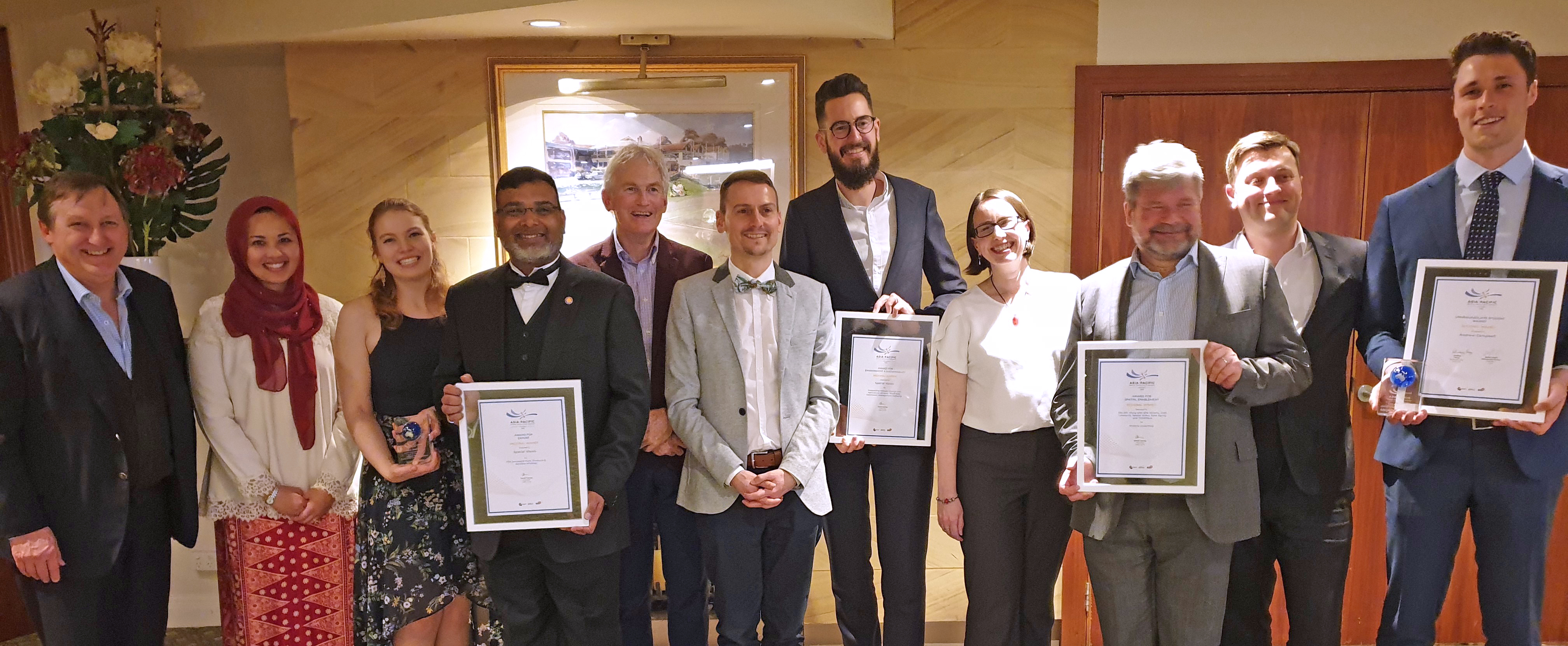
Spatial Vision took out the Environmental/Sustainability and Export Awards at this years’s APSEA VIC event.
Read the full interview in Position magazine here.

